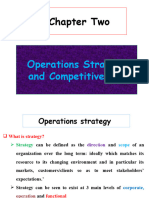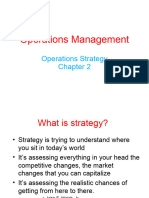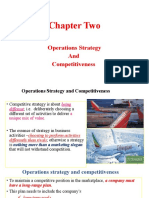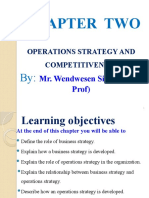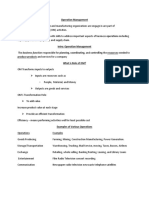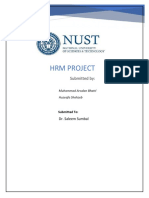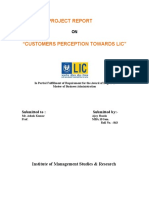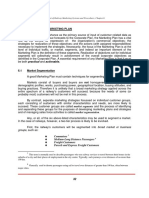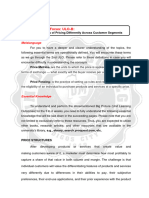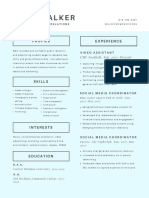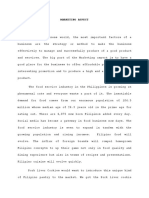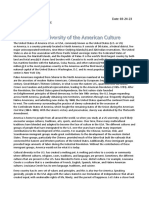0% found this document useful (0 votes)
23 views3 pagesOM Assignment
Operational competitiveness in organizations can be achieved by streamlining processes, reducing costs, improving quality and customer satisfaction. In manufacturing, this includes implementing lean techniques and enhancing product quality. In services, it means offering faster processes and personalized services. Today's operational environment is characterized by digital transformation, global supply chains, agile practices, sustainability, customer-centricity and data-driven decision making. Competitive priorities include cost leadership through efficiency. quality excellence, flexibility, time-to-market and innovation. Organizations must understand trade-offs between priorities, excel at key order winners, and meet basic qualifiers to compete effectively.
Uploaded by
zelalemtinsae08Copyright
© © All Rights Reserved
We take content rights seriously. If you suspect this is your content, claim it here.
Available Formats
Download as DOC, PDF, TXT or read online on Scribd
0% found this document useful (0 votes)
23 views3 pagesOM Assignment
Operational competitiveness in organizations can be achieved by streamlining processes, reducing costs, improving quality and customer satisfaction. In manufacturing, this includes implementing lean techniques and enhancing product quality. In services, it means offering faster processes and personalized services. Today's operational environment is characterized by digital transformation, global supply chains, agile practices, sustainability, customer-centricity and data-driven decision making. Competitive priorities include cost leadership through efficiency. quality excellence, flexibility, time-to-market and innovation. Organizations must understand trade-offs between priorities, excel at key order winners, and meet basic qualifiers to compete effectively.
Uploaded by
zelalemtinsae08Copyright
© © All Rights Reserved
We take content rights seriously. If you suspect this is your content, claim it here.
Available Formats
Download as DOC, PDF, TXT or read online on Scribd
/ 3

